Francesco Zuccarelli łowienie na przynętę akwaforta
rancesco Zuccarelli łowienie na przynętę akwafort
Temat: Krajobraz, łowienie na przynętę
na pierwszym planie młody rybak, widziany od tyłu, leżący na ziemi pod drzewem, rozmawiający z mężczyzną po prawej przeprawiającym się przez rzekę z kobietą na koniu; po drugiej stronie rzeki spacerują dwie kobiety i mężczyzna z krowami; miasteczko z wieżą kościelną w tle;
po Zuccarelli. 1762
Trawienie z grawerem
Nazwa producenta
Nadruk wykonał: Francesco Bartolozzi
Po: Francesco Zuccarelli Wydał: Joseph (Giuseppe) Wagner
Szkoła / styl Włoski
Data produkcji 1762
Miejsce produkcji Opublikowano w: Wenecja (miasto) Europa: Włochy: Veneto: Wenecja (prowincja): Wenecja (miasto)
Materiały papier
Technika akwaforta rytownictwo
Wymiary Wysokość: Wysokość: 49 cm Szerokość: Szerokość: 60 cm – wymiary z obramowaniem
Napisy Rodzaj napisu: napis Treść inskrypcji: Pod zdjęciem wypisanym z tytułem, nazwiska artystów: “F. Zuccarelli pin. In Domo I. Smith.”, “Bartolozzi inc: appo I. Wagner Vea. C.P.E.S.”, numer wydawniczy.
taką samą grafikę możemy również zobaczyć w British Muzeum
Etching, etching (Italian: acquaforte - strong water or nitric acid) - concave graphic technique, also a print obtained using this technique. The etching technique was invented at the turn of the 15th and 16th centuries, and it was popularized in the 16th century [1].
It consists in making a metal printing plate with a drawing obtained by etching. A copper or zinc plate is covered with an acid-insoluble etching varnish and then a drawing is made with a steel needle revealing the metal surface [2]. By dipping the plate in acid, the deep drawing on the plate is etched. In order to deepen the lines in the dark parts of the drawing, this process is repeated several times. After the final etching and removal of the varnish, the printing ink is rubbed into the plate, which is only retained in the etched depressions. The ink pressed into the etched recesses of the plate is transferred to the paper under pressure in a gravure press [3].
The etching was used by: Albrecht Dürer, Rembrandt, Jacques Callot, Francisco Goya [4], Giovanni Battista Piranesi, James Abbott McNeill Whistler, Marc Chagall, Pablo Picasso, Taras Szewczenko, Daniel Chodowiecki, Jan Piotr Norblin, Michał Płoński, Leon Wyczółkowski, Mehoffer, Józef Pankiewicz, Wojciech Weiss, Zbigniew Rabsztyn, Józef Pieniążek, Magdalena Gintowt-Juchniewicz, Cezary Paszkowski, Barbara Rosiak, Leszek Rózga, Barbara Narębska-Dębska, Tadeusz Michał Siara, Beata Nehring. Chaim Goldberg
The first etching is dated 1513 and its creator is the Swiss engraver Urs Graf [5]. As a result of the development of this technique in the 18th century, an aquatint was invented to expand the possibilities of donation
1 599,00 zł
* It is possible to book by calling:
+48 608466740 or by writing to the following address:
biuro@galerialion.pl or 12337@wp.pl

Additional Description

Zobacz również
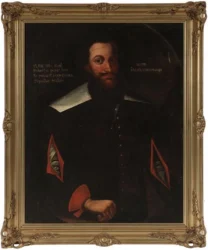
Obraz przedstawia portret Ulrica von Ruela, namalowany przez Jacoba von Senvrigsa.
12 299,00 zł
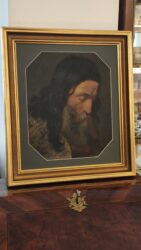
Mistrzowski portret starca XVIII/XIX w, w stylu Szymona Czechowicza, okazja
4 299,00 zł
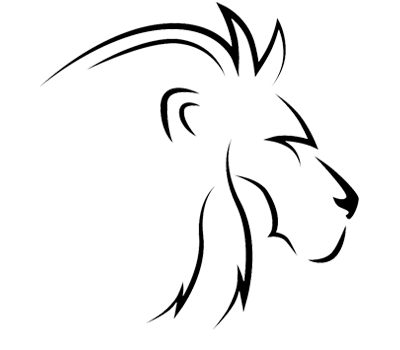
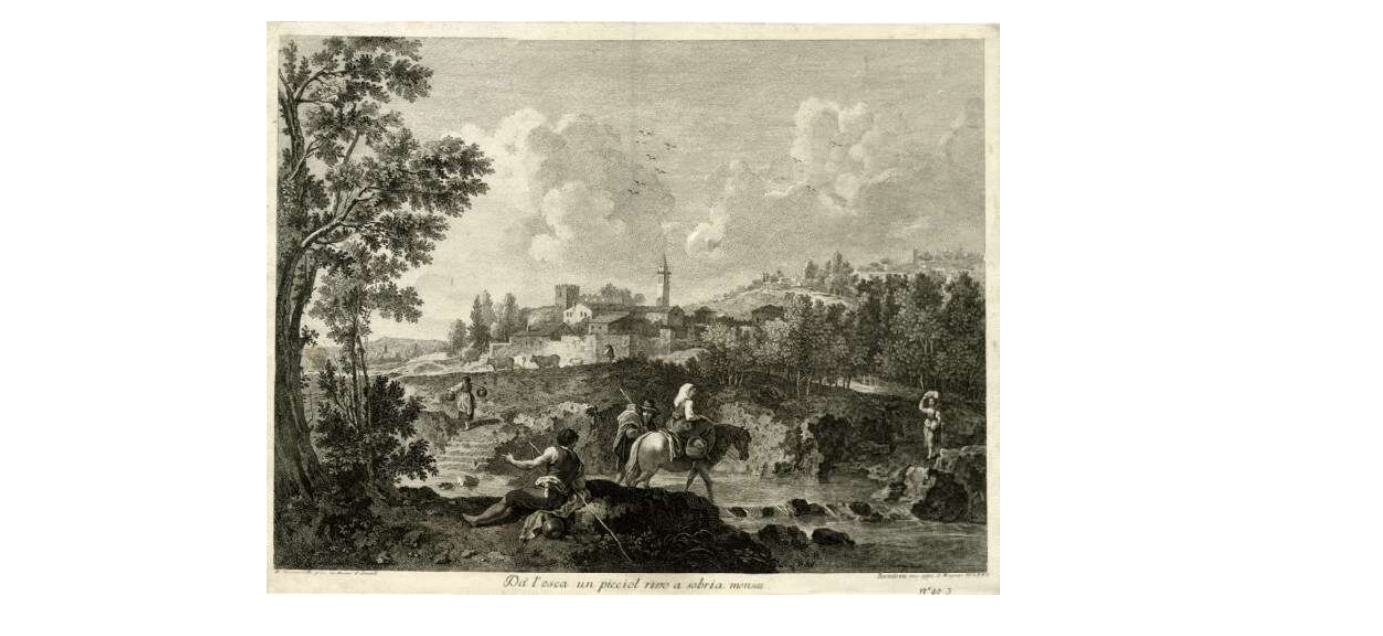
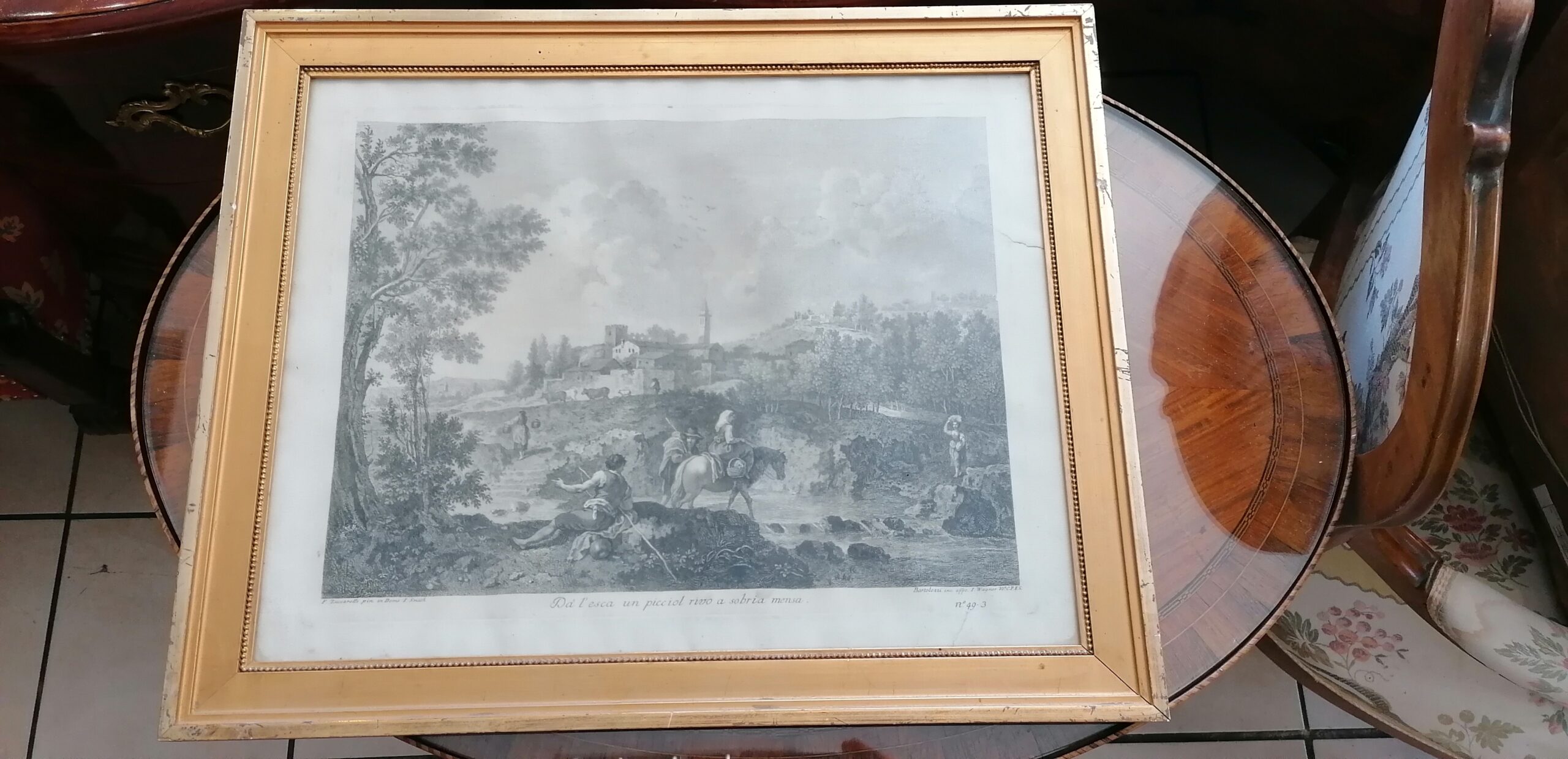
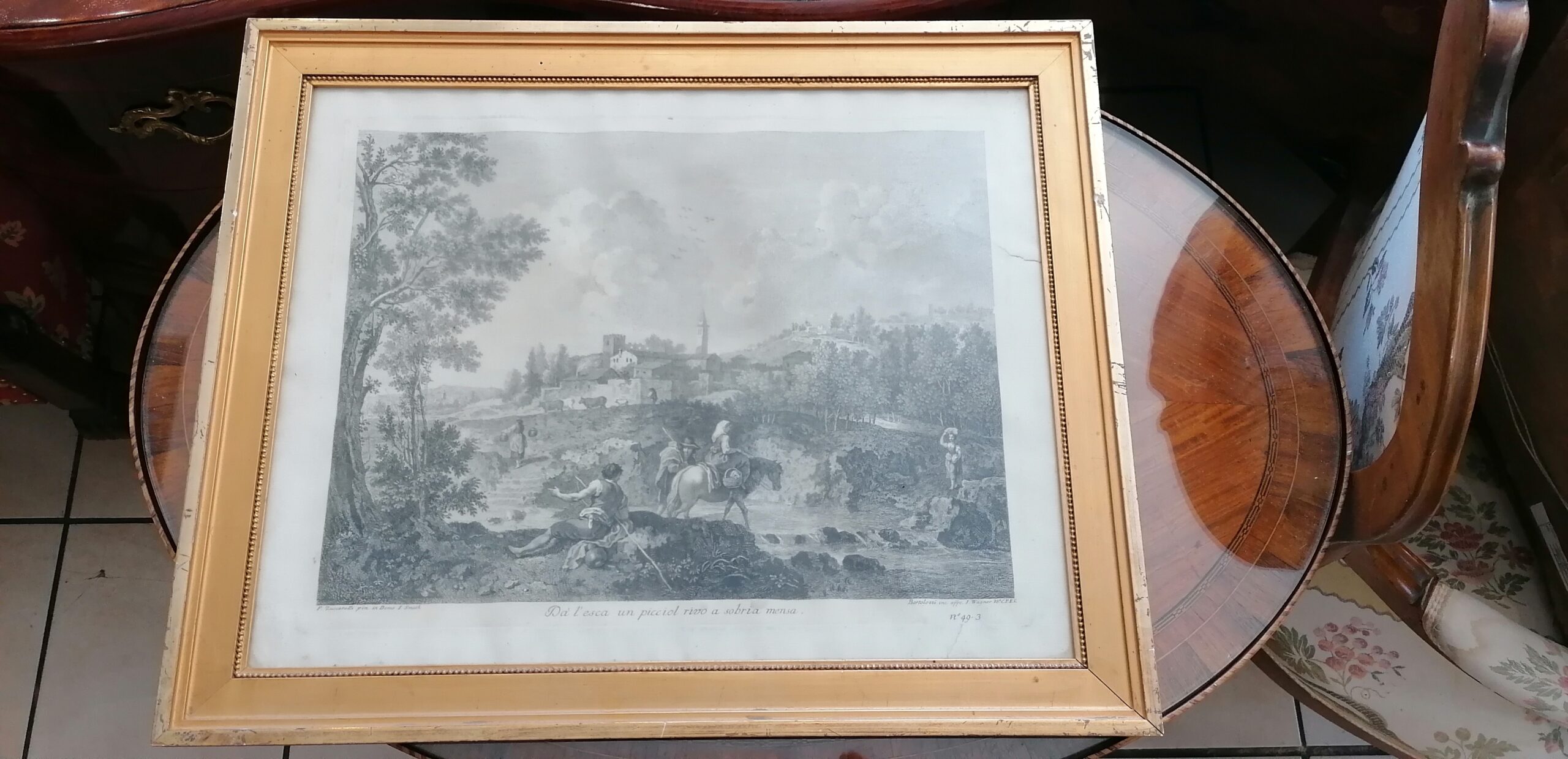

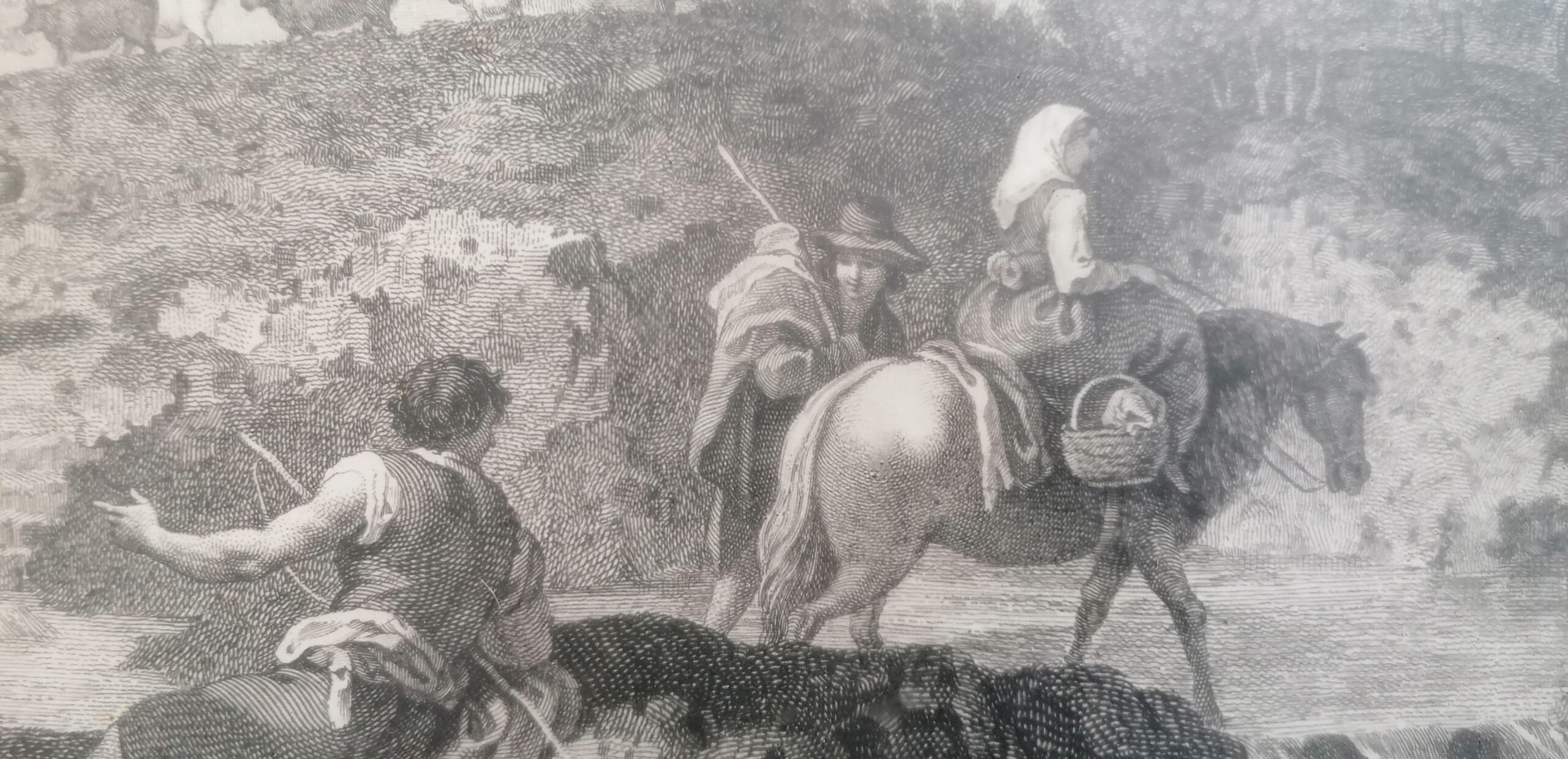
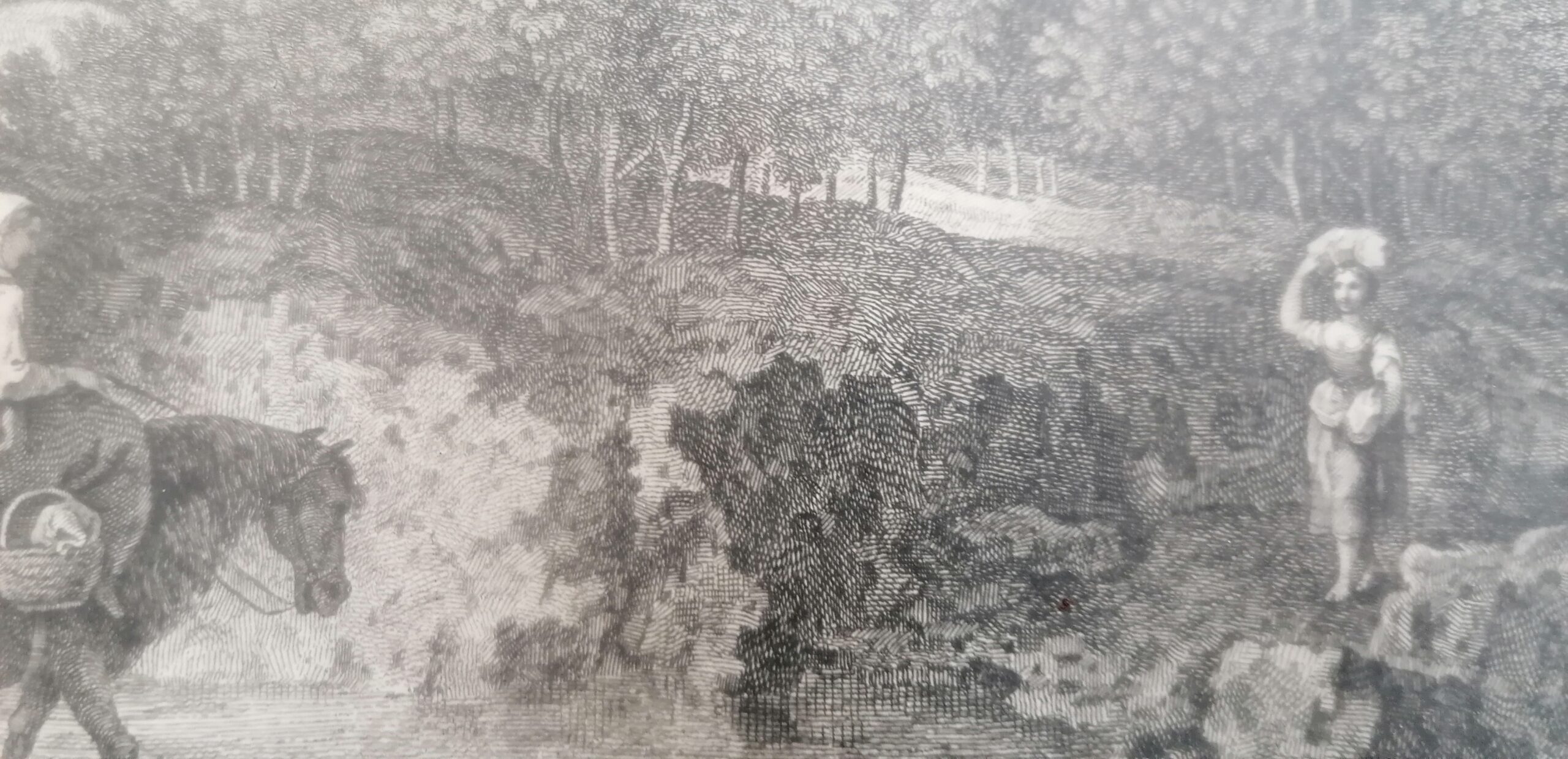

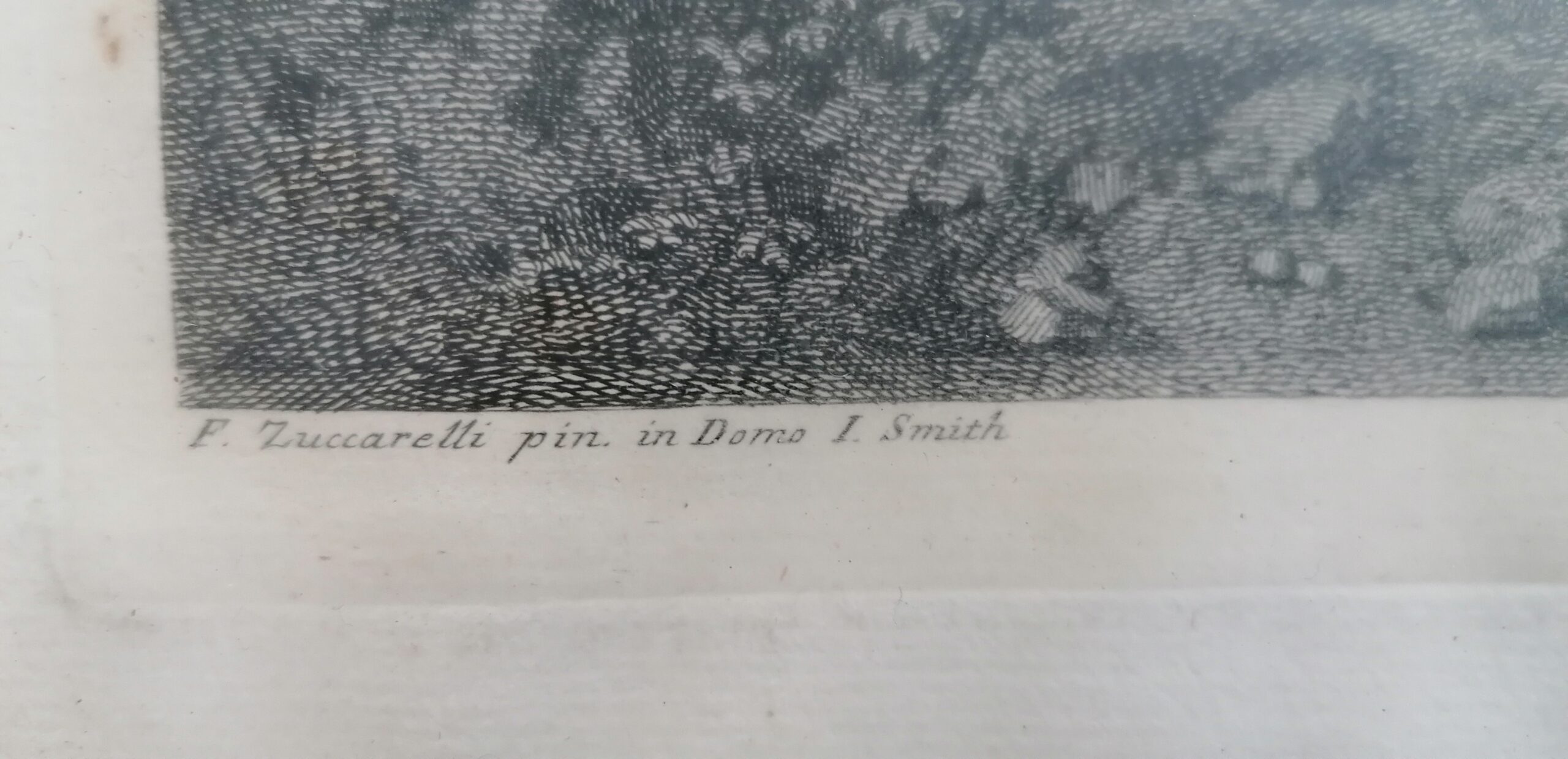



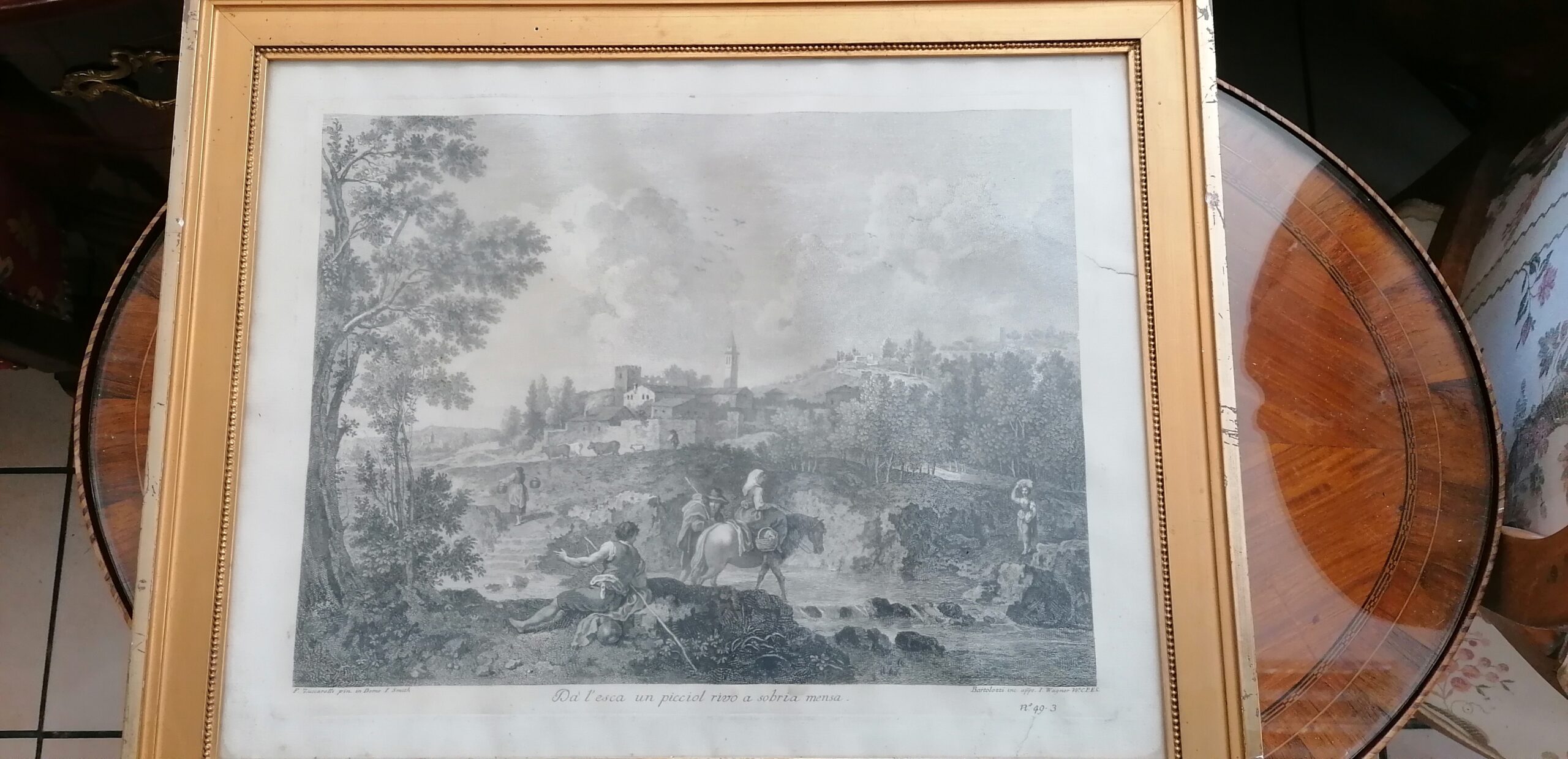






 Users Today : 724
Users Today : 724 Who's Online : 5
Who's Online : 5